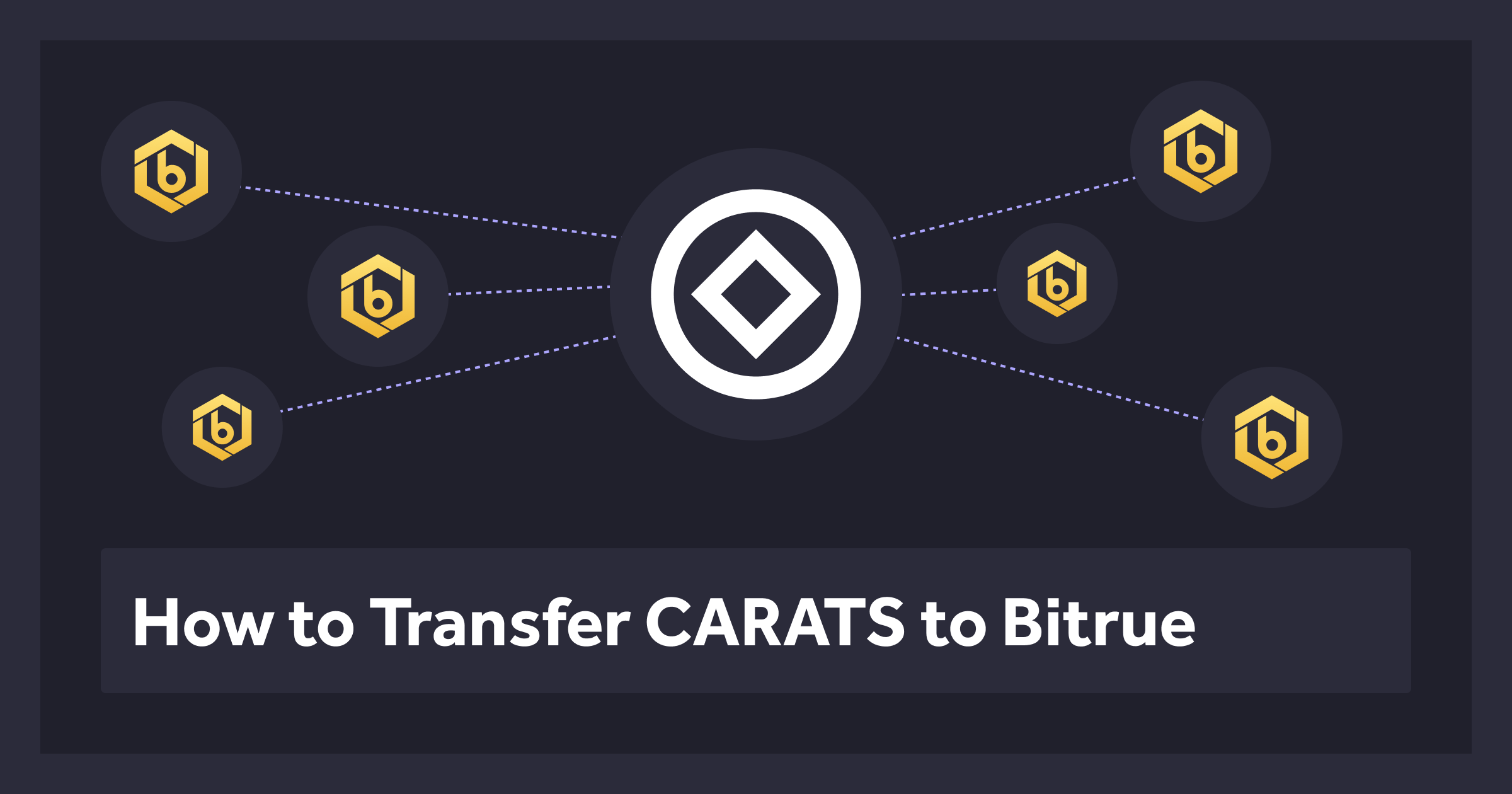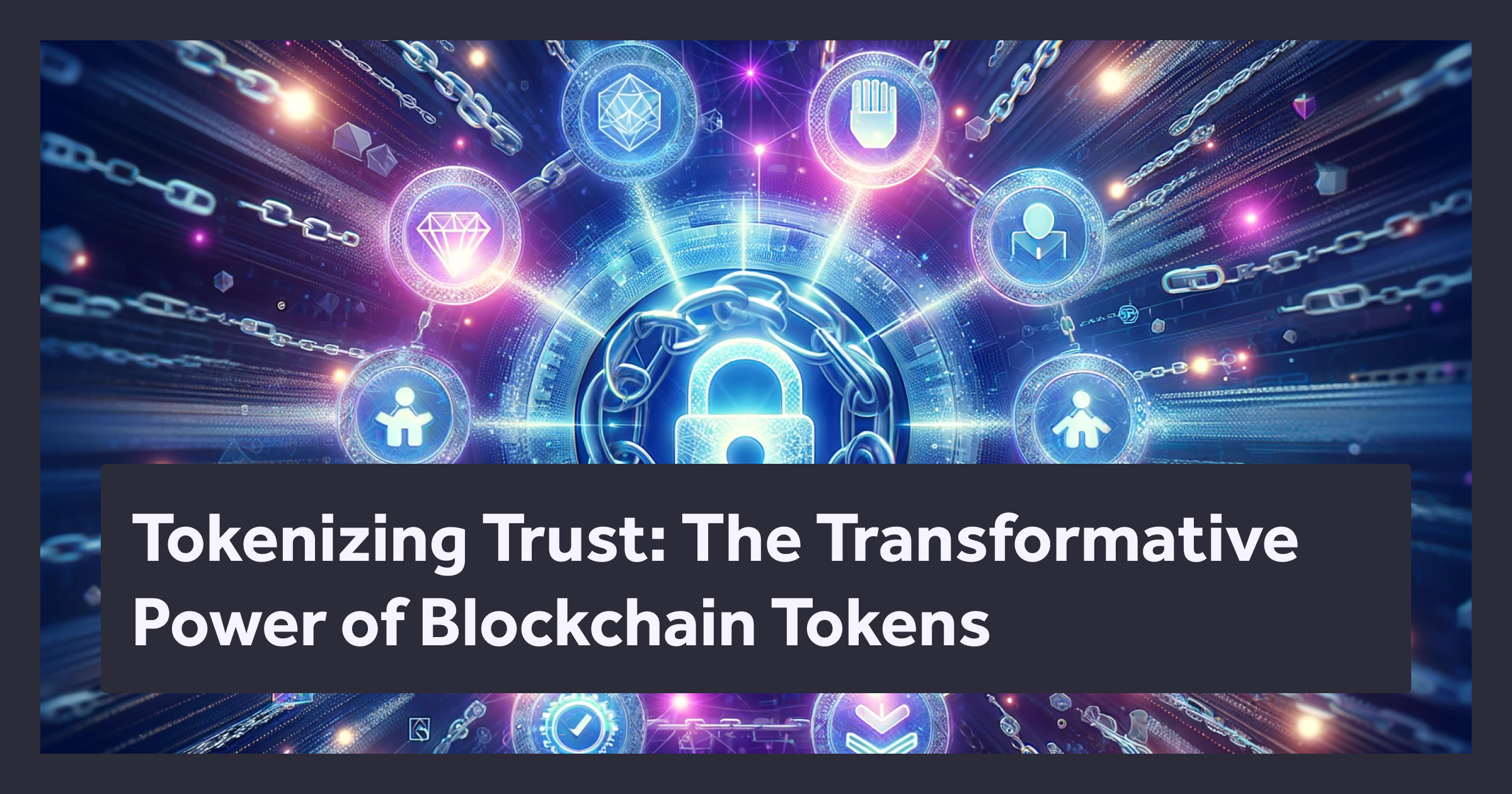This Article Explores
Guest Spotlight featuring Dr. Prabina Rajib
“The integration of blockchain technology to create a new commodity asset class is something really innovative,” explains Dr. Rajib, a Professor of Finance and Accounting at Vinod Gupta School of Management, Indian Institute of Technology in Kharagpur (West Bengal), India. According to Dr. Rajib, the banking and financial service sectors have been the largest beneficiaries of technology, so much so that ‘fintech’ has become a popular buzzword.
This month we spotlight Dr. Rajib on The Cut by highlighting her unique views on the standardization of diamonds as an active commodity class thanks to recent technological advances in blockchain and more.
Diamonds & Beyond: Blockchain & Diamond Coins
“Diamonds Are a Girl's Best Friend” is a song made famous by Marilyn Monroe. Unlike gold and a few other mined commodities, the iconic line from the song remained true for diamonds because diamonds never piqued investor interest as an asset class until now.
It’s not that investors did not fancy diamonds. Rather, the unique quality of each piece of diamond prevented diamonds from being standardized all together. The diamond industry’s recent digital transformation, backed by rapid advances in blockchain technology, sets the tone for today’s current market outlook.
Technology as a business enabler is an understatement. Compared to any other industry, the banking and financial services sector has been the largest beneficiary of technology. As a result, fintech has become a buzzword. The list of fintech’s new applications is forever growing, and currently includes UPI, digital payments, contactless cashless payments, digital lending, P2P lending, robo-advisors, and, of course, cryptocurrencies and NFTs.
Cryptocurrencies and NFTs have been disruptors, catching everybody's attention. The buzz they have generated in the media has created a frenzy. Now, technology is helping to create a new commodity asset class – an asset class for diamonds.
Unlike diamonds, gold, silver, and platinum are produced in standard forms through various types of “good delivery parameters.” Such standardization for diamonds was previously considered impossible because each diamond piece is unique and differs from others in parameters such as size, shape, color, and clarity. The quality of each diamond is measured through a grading system developed by the Gemological Institute of America (GIA), which uses the parameters of clarity, color, cut, and carat, commonly known as the 4C of diamond grading.
Recently, New York based fintech company Diamond Standard, has developed “diamond coins,” an ingenious way to standardize diamonds for trading. To create these standardized diamond coins, Diamond Standard bought tens of thousands of diamonds through a bidding process after fulfilling the necessary anti-money laundering requirements and no-conflict diamond verifications. In addition, these diamonds are also verified by the GIA and the International Gemological Institute (IGI) to add more credibility to the grading process.
In fact, to buy diamonds transparently, Diamond Standard created the Diamond Standard Exchange where only GIA and IGI registered diamond vendors can offer their diamonds for sale. The Diamond Standard Exchange is where all diamonds are purchased for Diamond Standard commodities.
Diamond Standard only buys from registered vendors, who are established diamond manufacturers and dealers around the world. Vendors offer Diamond Standard diamonds for instant cash purchase or bids. Diamond Standard purchases diamonds using a regulator-approved and audited process. Their system automatically buys or bids on thousands of round diamond types, to acquire statistical samples of a large range of natural supply, and then they pay Cash on Delivery (COD) with no returns.
All vendors must be existing GIA and IGI Clients, and deliver the diamonds to their local IGI lab for confirmation. Diamond Standard handles global settlement and customs.
Each diamond coin consists of eight to nine natural diamonds so that each coin has the same carat weight, color, and clarity. Of course, creating these coins is easier said than done. Even if two diamonds have the same carat weight and have the same cut, the price may vary significantly if the color is different. Therefore, to create standardized coins, the company used a complex optimization program to choose sets of eight to nine diamonds such that each coin adds up to equivalent 4C parameters.
The process of diamond coin assembly is best described by Cormac Kinney, the founder and CEO of Diamond Standard Co: “Diamond qualities are non-linear, so it was a challenging computer science problem. But in the end, the commodity is based 100% on math, and 0% on trust. Like manufacturers of gold bars, we don’t set the market price. Our role is to make an absolutely consistent unit.”
These diamond coins are then offered to investors who wish to invest in these diamond coins purely as an investment asset. In March 2021, Diamond Standard launched an initial coin offering (ICO) of 5,000 such coins with each costing USD 5,000. This initial coin offering (ICO) was oversubscribed by 50%.
But the story does not end here – the most interesting part of Diamond Standard Co.’s business is that each of the coins it offers has an embedded wireless computer chip. The chip contains information related to each of these diamonds. This means that real-time auditing and authentication of each diamond in a coin can be completed.
The wireless chip also stores a blockchain token. The blockchain data is kept in a public format and can be used to prove that each of these coins is fair and fungible. Additionally, the origin of each diamond in these coins can be traced.
The key to each coin remains with the coin buyer through an Ethereum ERC-20 token. The coin takes approximately 28 days to be delivered to the customer, or to the custodian designated by the customer. The buyer can keep these coins physically with them and can complete a face-to-face transaction with another party using the coins via a blockchain platform.
For online trading, the investor has the option of depositing the diamond coins with Anchorage Digital. The digital custodian authenticates the ownership of the coins. Diamond Standard now plans to introduce Diamond Bars, which will have equivalent number coins so as to trade at ten times the value of a standard coin.
One may wonder whether these coins are digital or physical assets. Though these diamond coins have embedded blockchain technology, they are different from cryptocurrencies because the embedded blockchain does not exist without the actual diamonds. In fact, these coins are asset-backed commodities with embedded blockchain technology, which facilitates trading.
Recently, blockchain interfaces for commodities have already been implemented, largely for traceability and provenance of commodities. For example, De Beers has created technology that can track 100 high-value diamonds in its supply chain. Additionally, New Zealand Manuka honey is being tracked from the orchard where the honey is produced through various supply chain networks. A buyer of a Manuka honey jar bottle can check from the exact orchard, and the exact day the honey has been extracted. Furthermore, Trafigura has partnered with Circulor to trace its carbon emission footprint using a blockchain platform for its nickel and cobalt supply chains.
References:
Dr. Prabina Rajib
Dr. Prabina Rajib is Professor of Finance and Accounting at Vinod Gupta School of Management (VGSOM), Indian Institute of Technology Kharagpur, West Bengal, India. She has more than 20 years of academic experience and has presented and published many papers in national and international journals and conferences. She has handled the responsibility of Dean of VGSOM. Her teaching & research interests include Financial Accounting, Corporate Finance, Financial Markets, Risk Management using Financial & Commodity Derivatives and Blockchain Applications to Business and Finance. She offers NPTEL online certification course on Commodity Derivatives and Risk Management that covers almost the entire spectrum of commodities traded in different commodity exchanges, including agricultural commodities, crude oil, base metal, precious metal, and electricity. She has authored two books i.e., 1) Commodity Derivatives & Risk Management, 2) Stock Exchanges, Investments & Derivatives: Straight Answer to 250 Nagging Questions. She was also a Fulbright scholar at Purdue University, USA.
For more information on Dr. Prabina Rajib please visit: http://www.iitkgp.ac.in/department/BM/faculty/bm-prabina




